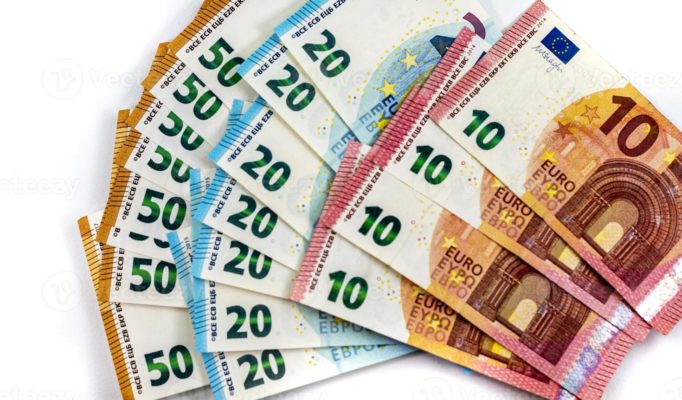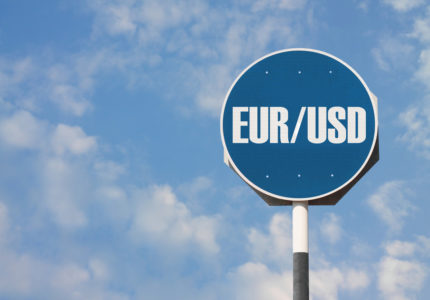World Leaders
Being the most traded currency pair in the world, the EUR and USD economies are equally the world’s two largest economies. They both have become the world’s leading reserves of value. Although they are both controlled by their issuing central banks, the European Central Bank, however, does not exercise major control on fiscal decisions in member countries.
Monetary policy differences and politics in individual countries in the Eurozone are the main causes of volatility in the pairing. The EUR/USD pair accounts for up to 28% of all deals carried out in the foreign exchange market.
In January, despite the general market downtime, the Risk Reversal for the EUR/USD trading pair had risen to its highest level since last November, according to the options market data in that regard.
As this month began, the Risk Reversal data for February 1 went up to +0.110 as it gathered its strength to return to earlier highs of last year as COVID effects bite harder. The weekly figures being assessed also indicate the market mood in favor of bullish gains at a +0.210 level after a two consecutive week decline preceding it.
The Euro dipped just a little bit to $1.14 in the presence of a strong dollar following the American Non-farm Payrolls (NFP) impressively surpassing analysts’ expectations of it, which then strengthened the argument for an interest rate increase by the Federal Reserve scheduled for March.
The Euro remains on track to achieve more than 2.5% in the coming week following statements from European Central Bank policymakers suggesting a hawkish position on the pretext of general concern over rising inflation throughout the European Central Bank’s board.
The ECB’s Task
President of the European Central Bank, Lagarde, during the bank’s press brief, ruled out the possibility of having the rates in stable shape this year. She went ahead to say that the bank will assess economic situations with caution, and there are no promises without conditions.
Money markets now predict that the European Central Bank will increase rates by up 40 basis points this year rather than a 30 basis points increase speculated before this week’s monetary policy meeting and subsequent decision.
According to an analysis by Trading Economics, the world macro models analysts speculate that the EUR/USD will remain and trade at $1.12 till the end of this quarter.
The spreading effect of the Federal Reserve’s decision on monetary policy to hike interest rates by March continues to trail the USD and other fiat currencies paired with it for high-value transactions.

















